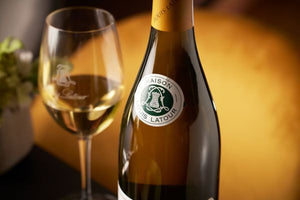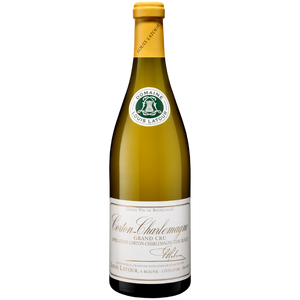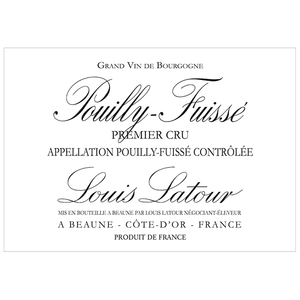Harvest
A rigorous selection of the ripest grapes take place in the vineyards before the bunches are placed in traditional Burgundian wicker baskets and transported as quickly as possible to the winery.
Pressing
The grapes are left with their stems intact before passing through a crusher, situated directly above the pneumatic press. The stems form excellent drainage channels in the press allowing us to extract the maximum amount of juice from each bunch. The grapes are carefully pressed for about 2 hours, avoiding the extraction of the harsh flavors present in the pips.
Fermentation
The must is transferred into stainless steel vats, thus ensuring that fermentation commences uniformly. A vigorous fermentation, that lasts two to three days, takes place before the partially-fermented wine is transferred into oak barrels. Here the fermentation will continue for approximately 12 more days. At Maison Louis Latour only indigenous yeasts are responsible for fermentation. All of the Domain's white wines are aged in 100% new French oak barrels that are produced at the company's cooperage in Beaune.
Racking
This process is the clearing of the wine of any dead yeast, called lees, and sediment that has collected at the bottom of the barrel. The wine is left on its lees for as long as possible to gain in complexity and finesse. The white wines are racked off their lees twice during the 10 month aging period: firstly, after the completion of malo-lactic fermentation, and secondly, just before bottling. Traditionally this is performed using gravity by allowing the clear wine to be run off from one barrel into a clean barrel situated beneath it.
Blending
As with the reds, the blending, or assemblage, of various barrels takes place once the ageing of the wines is complete. All the barrels are blended together in stainless steel vats and left to marry with one another over a period of several months. This ensures the consistency of a specific wine made from various plots of the same appellation. Upon completion the wine is filtered in order to clear any unwanted particles that may have collected in vat. A final filtration and a short period of cold stabilization will further ensure the clarity of the wine once it reaches the glass.














